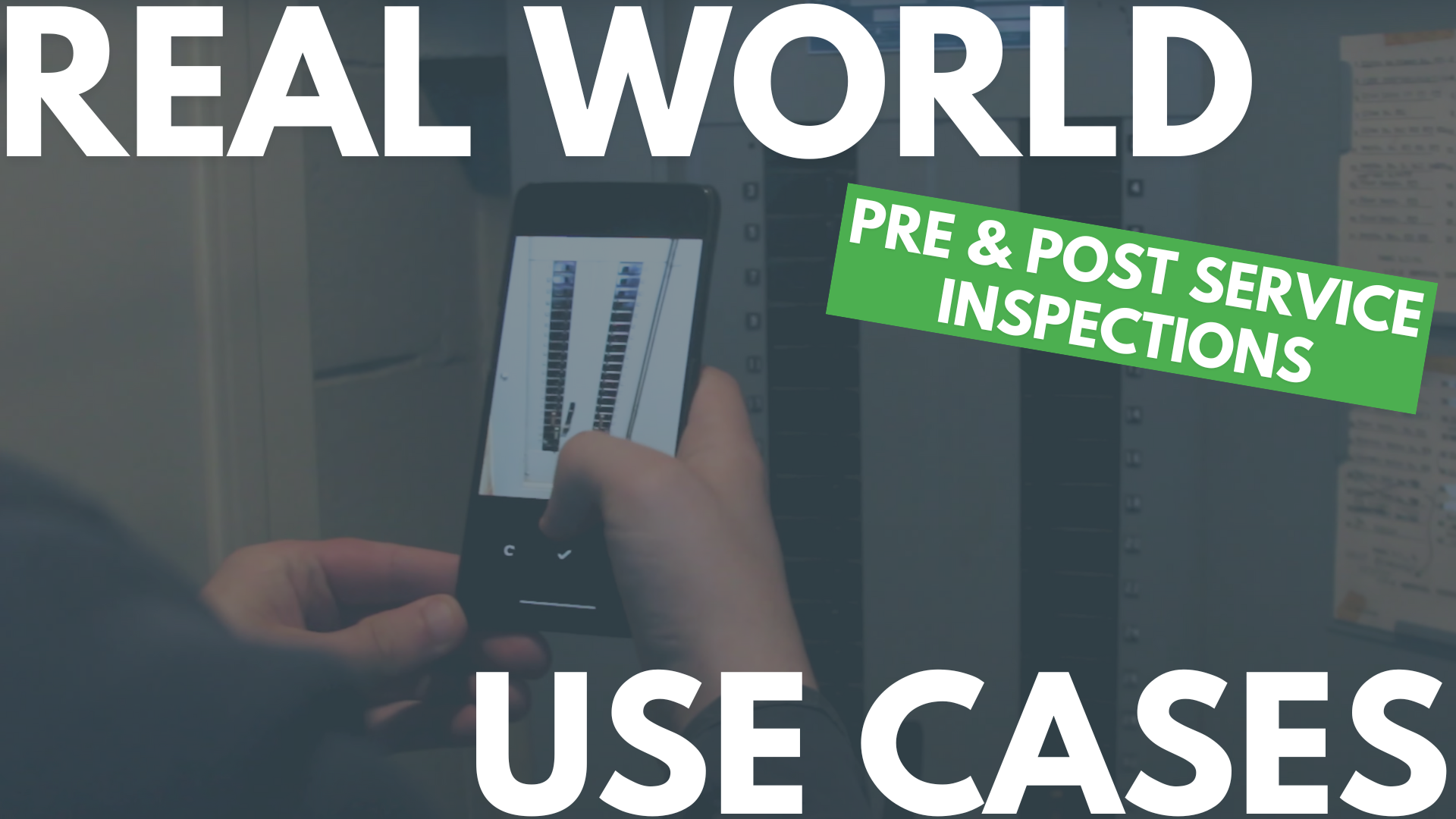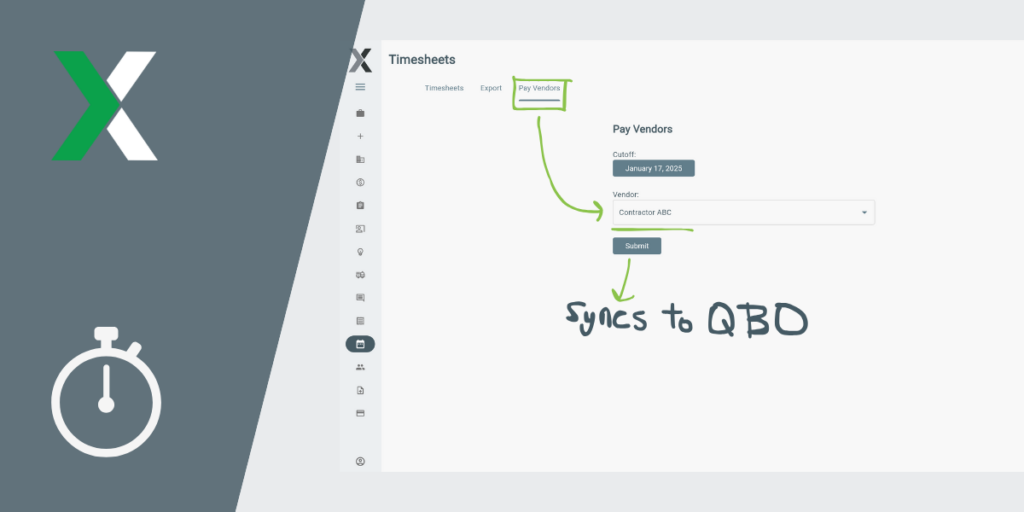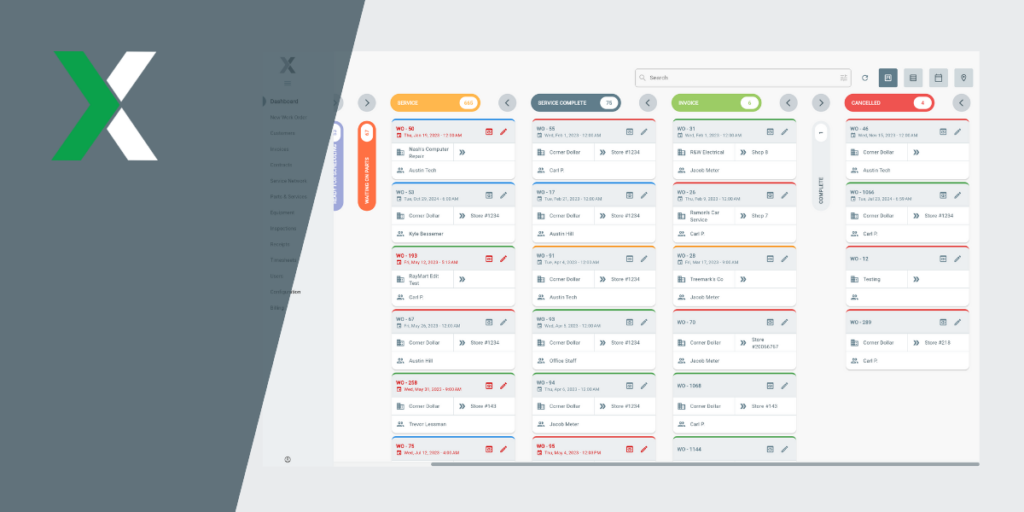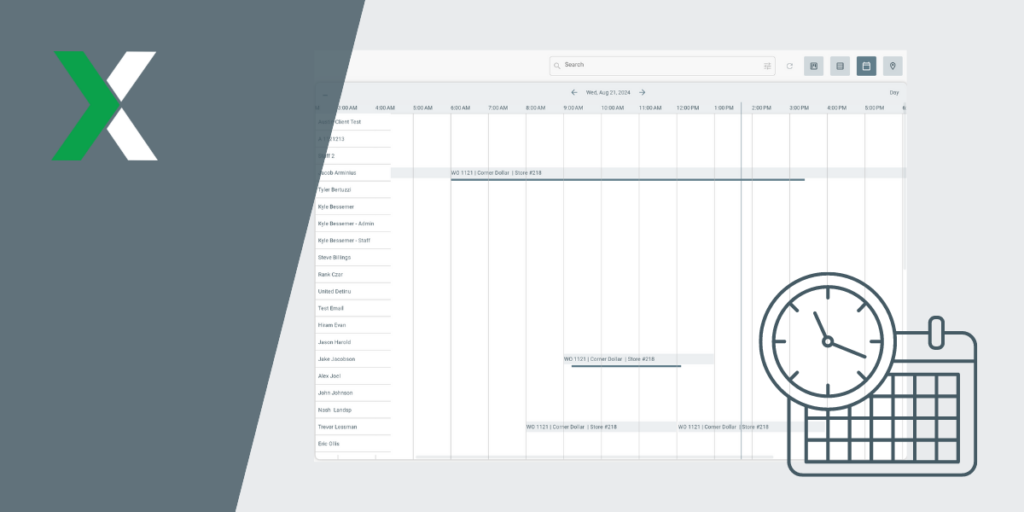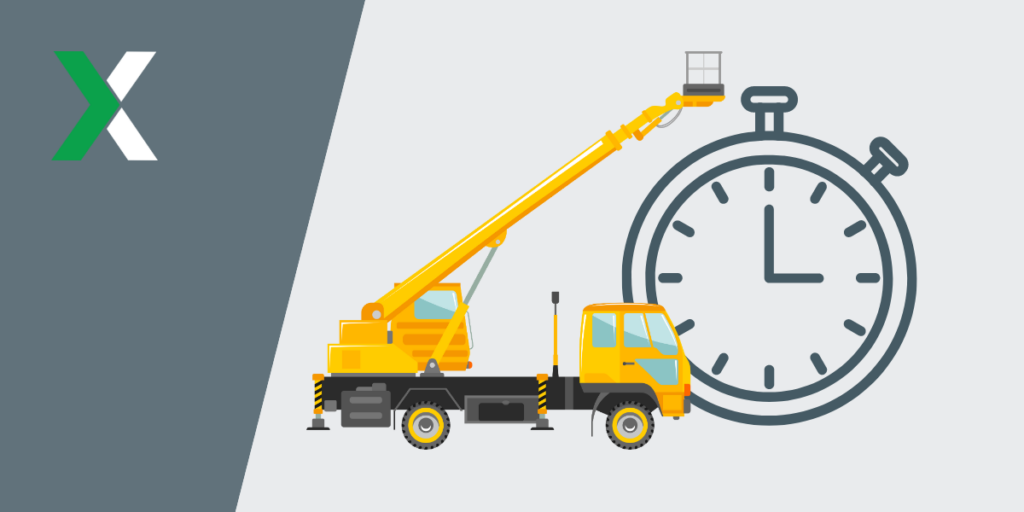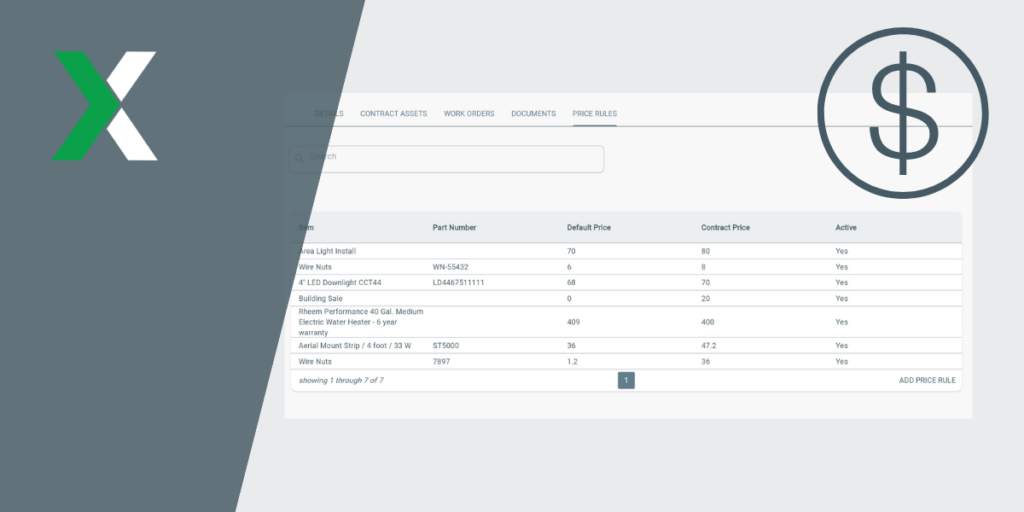Depending on the company or business, some to most will have a type of pre-service inspection. However, not all will also have an inspection after the service is completed. Pre and post work order inspections are crucial, because they are there for accountability, accuracy, and for the proper identification of job issues, if any. So going without these can be detrimental to field service operations. That is why we made sure that Lexul Field Service has efficient Pre and Post-Service inspection lists incorporated directly in the work order.
When adding questions and inspection lists, think about what information you need from the technician, to get all of the information on the job site for the invoice.
Pre-Service Real World Uses:
- Use as a pre-service checklist for the technician
- Confirming parts needed are present before starting work
- Taking “before” pictures
- Inspecting parts and area of work before beginning
- Remind and confirm the technician has explained to the customer why he’s there and reviewed the scope of his work
- “Have you met with the manager on duty to discuss the project?”
- “Have you presented the work order or letter of authorization?”
- “Are you clear on the Scope of work?”
Post-service real world use cases:
- Relevant questions to confirm quality of work
- Taking after install pictures
- Noting serial number of equipment installed
- Picture of nameplate
- “Have you walked the site with the manager on duty to review the work?”
- “Is the job site clean inside and out?”
- Opportunity to look for additional related work
- “Are there any other maintenance issues noticed while on site (add note and take picture)?”
- Tech can talk with the manager to see if they need any other maintenance
Lexul Field Service pre and post service inspections give you the ability to create custom fields, checklists, or relevant questions, that are based upon the specific service that is being performed. These custom inspections are designed to help your company get faster payments, by going from work requested to invoice, without delay. This will then improve quality of work, drive technician consistency and have proof of work if the customer ever comes asking.


